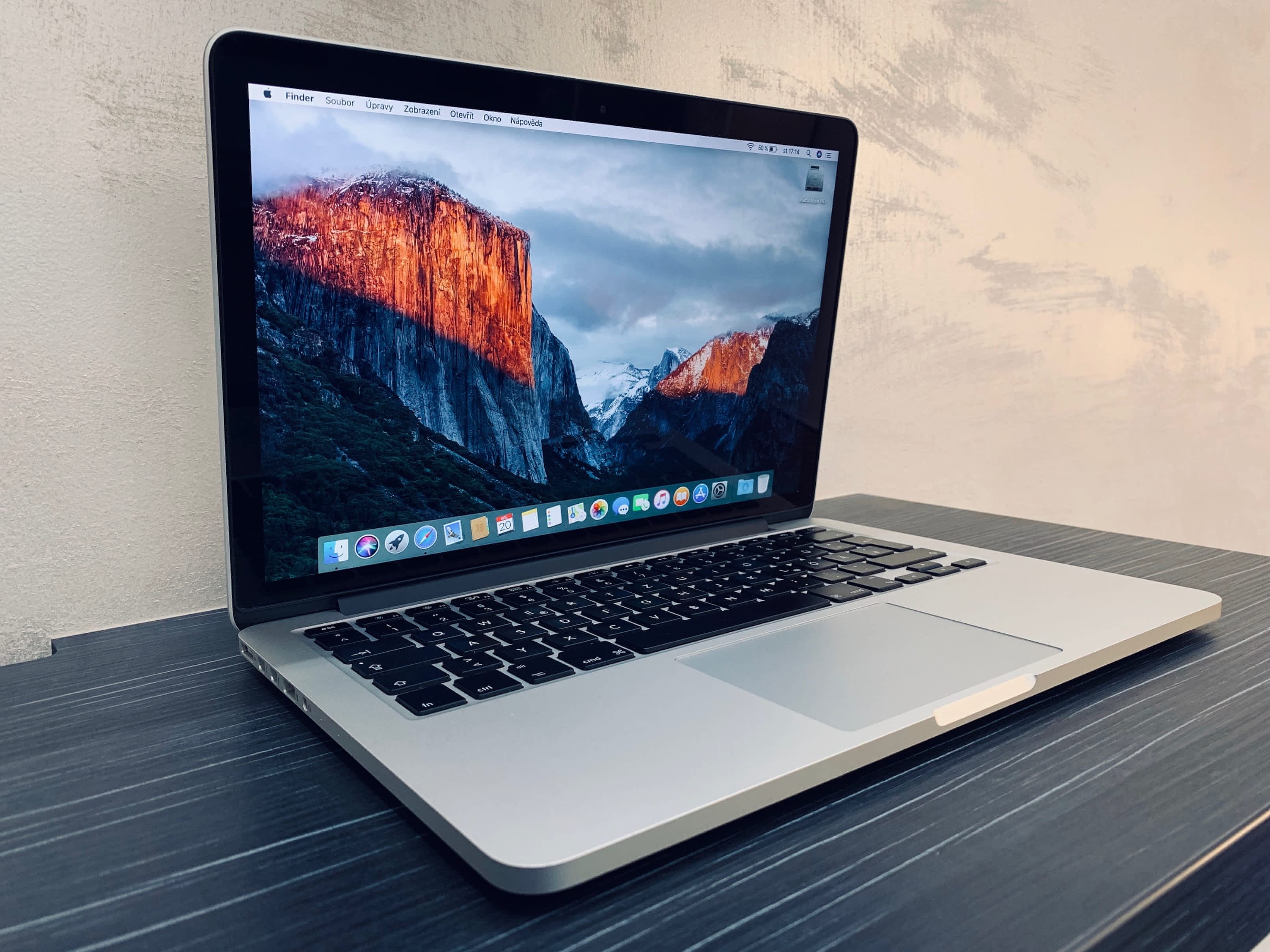
2013 MACBOOK PRO WITH DVD DRIVE 1080P
That's why 27" displays are often 1440p, and the few 27" actual 1080p displays on the market are often used for kiosk type setups where size matters more than sharpness and/or for people with reduced eyesight where they just want things to be larger rather than having a larger workspace from having more resolution. To have 100 ppi with only 1080p resolution, your display would need be no larger than 23". So instead of having a Retina-type experience where things are 1080p-size but really sharp, you'll have an experience where things are 1080p size and actually 1080p resolution - and in fact 1080p resolution on a 27" display is actually noticeably below "standard" pixel density, which on macOS is 100 pixels per inch. I should clarify thought that if you use SwitchResX to send an actual 1080p signal to the display, then you lose all of the benefits of having 4K pixel density.

But a 2560x1440 signal does not map cleanly onto a 4K pixel Happy to help, even though I'm sorry I didn't have better news. Using 1080p if you can get SwitchResX to generate that signal will be less of a problem because at least in that case, each pixel in a 1080p source signal maps perfectly onto a 2x2 pixel grid of a 4K display, so the scaling artifacts won't be nearly as bad - though you may still see some issues due to artifacts from subpixel rendering, which is used to sharpen text. So you'll have essentially have spent more money to get a worse result. The reason is that LCD displays don't look good when driven below their native resolution, and this is especially noticeable with text. In that scenario, you'll actually end up with noticeably worse image quality than you would have gotten if you'd simply bought a 27" 2560x1440 display in the first place, such as the U2719D. The proper term for that is QHD or 1440p.

But chances are you'll end up worse off than that, especially if you want "2K" resolution, by which I assume you mean 2560x1440, even though calling that "2K" is a misnomer. Best case you wasted money on technology you can't properly utilize. That said, I really wouldn't recommend using a 4K 60 Hz display with a system that can't drive it properly. If you want to try to achieve that, try using SwitchResX, which gives you a lot more control over display setups in macOS. But it doesn't mean that the system is actually sending a 1080p signal to the display.

Those options are there primarily for Retina displays so that you can choose where you want to land on the physical size vs. I suspect what's happening when you run 1080p is that macOS is still sending a 4K signal across the wire and only rendering the desktop at 1080p size. But a 2560x1440 signal does not map cleanly onto a 4K pixel According to the Tech Specs page for that system here, the MBP 13" Late 2013 only supports up to 2560x1600 at 60 Hz, which suggests that it only supports DisplayPort 1.1 and therefore if you want 4K, it would only run that resolution at 30 Hz.

According to the Tech Specs page for that system here, the MBP 13" Late 2013 only supports up to 2560x1600 at 60 Hz, which suggests that it only supports DisplayPort 1.1 and therefore if you want 4K, it would only run that resolution at 30 Hz.


 0 kommentar(er)
0 kommentar(er)
